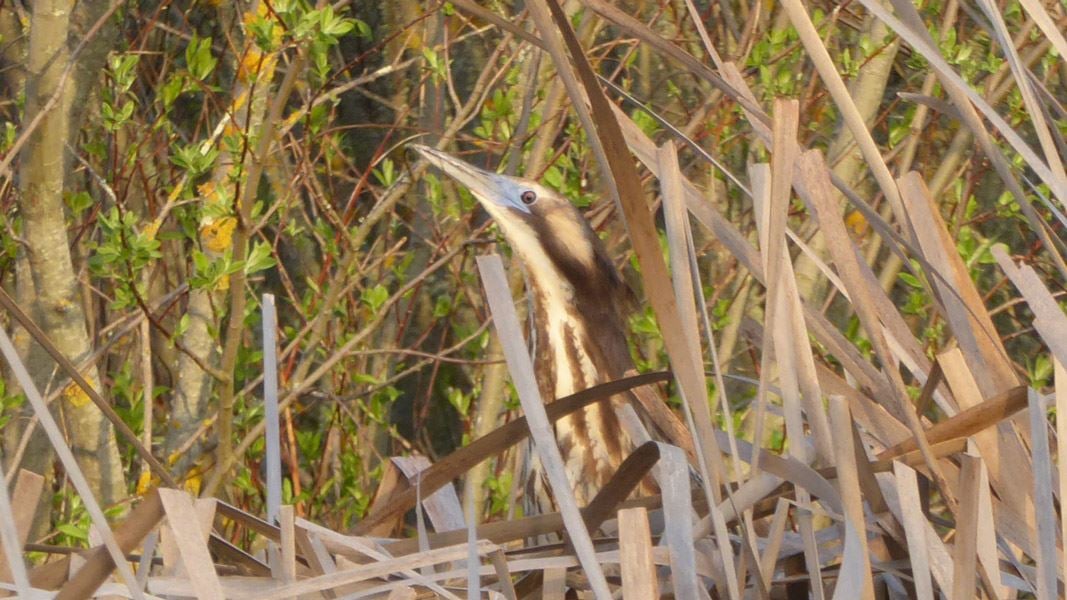Australasian bittern/matuku-hūrepo recovery
AK objective: Enhance species diversity and protect threatened species.
Research aim: Improved knowledge of the lifecycle, movements and threats to bittern/matuku supports their recovery
The Australasian bittern is a "Nationally Critical" wetland bird found at four of our sites. We are increasing efforts to support their recovery by improving monitoring techniques, studying bittern behaviour, GPS and radio tracking.
Predator control
AK objective: Enhance species diversity and protect threatened species.
Research aim: New techniques to manage predators in wetlands are developed that benefit conservation projects across New Zealand
Reducing mammalian predators is a key step in managing our vulnerable wetland bird species. We are trialling the different methods of predator control and monitoring across different wetland environments.
Sediment and nutrient impacts on wetlands
AK objective: Maintain or enhance water regime and water quality.
Research aim: Greater understanding of sediment and nutrient impacts on wetlands supports improvements in agricultural practices.
Wetlands naturally accumulate sediment and nutrients, but high levels of these pollutants can degrade wetlands and result in the loss of native wetland vegetation. At all Arawai Kākāriki sites we are measuring wetland soils and water quality to understand how nutrients affect plant communities, and to help develop strategies to address catchment land use change.
Lake ecosystem health
AK objective: Maintain or enhance water regime and water quality.
Research aim: Data on the health of lakes informs strategies to improve water quality and protect freshwater biodiversity.
High nutrient levels affect lake water quality, can lead to algal blooms, and contribute to the decline of aquatic vegetation. We are monitoring the lake ecosystem health at Moawhitu, Ōtūwharekai and Waituna to understand these impacts. This will help us understand how resilient the lakes are to land use changes, and how we can best protect sensitive ecosystems.
Restoring wetland hydrology
AK objective: Maintain or enhance water regime and water quality.
Research aim: Understanding drainage impacts on ecosystems to inform future work and advocacy.
Drains affect wetlands but the extent of these impacts is not yet well understood. We are investigating drainage impacts on different wetlands and water level/ecological changes to guide future work.
Large-scale vegetation restoration
AK objective: Protect or restore ecosystem condition.
Research aim: New methods for wetland re-vegetation speeds up the recovery of lowland wetland forests
We are working with partners and the community to undertake large-scale restoration initiatives, which include planting, controlling exotic and pest species, and research to develop more effective techniques for re-vegetation of wetland forests, including kahikatea swamp forests.
Monitoring tools
AK objective: Share scientific and technical knowledge.
We have developed, tested and applied several new wetland monitoring methods. These methods will be suitable for projects in other wetlands in New Zealand.
- Monitoring elusive wetland birds
- Wetland vegetation mapping
- Hydrological (water level) monitoring
- Monitoring changes in wetland vegetation
- Assessing sedimentation sources
See our report card on National methods (PDF, 2,675K).
